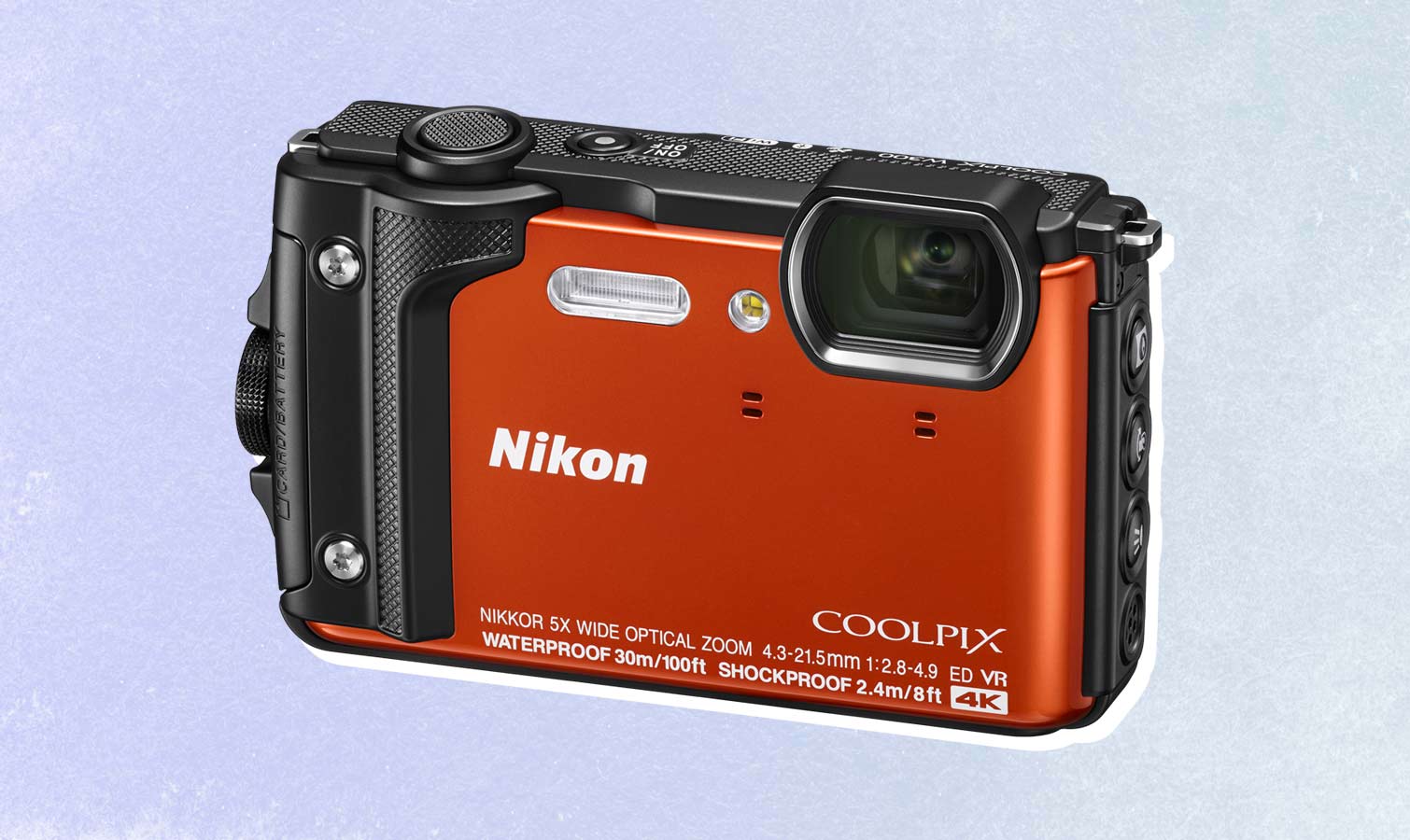Tom's Guide Verdict
Nikon's waterproof camera can dive as deep as 100 feet, twice as far as the competition.
Pros
- +
Versatile and easy to use
- +
Intriguing variety of video modes, including 4K-resolution video and time lapse
- +
Clearly marked and responsive controls
- +
Waterproof to 100 feet
Cons
- -
Struggles in low-light situations
- -
Lacks full-manual mode
- -
Wireless connectivity isn't intuitive
Why you can trust Tom's Guide
The Coolpix W300 is a rugged and waterproof camera that continues Nikon's tradition of producing versatile point-and-shoots that perform as well in the open air as they do underwater. At $389, the Coolpix W300 is pricey for its class and lacks a few high-end features such as a full manual mode (to set the aperture or shutter speed). But the Coolpix W300 makes up for it in other ways, such as by offering 4K-resolution video. But the camera doesn't quite match the image quality and versatile settings you'll find on the Olympus Tough TG-5. Still, it's quality enough to make it to our best waterproof and rugged cameras page.
Design
If you're looking to take photos in places you generally won't or can't bring your phone, namely underwater or in harsh environments, you'll want to reach for a camera like the 16-megapixel Nikon Coolpix W300 compact point-and-shoot.
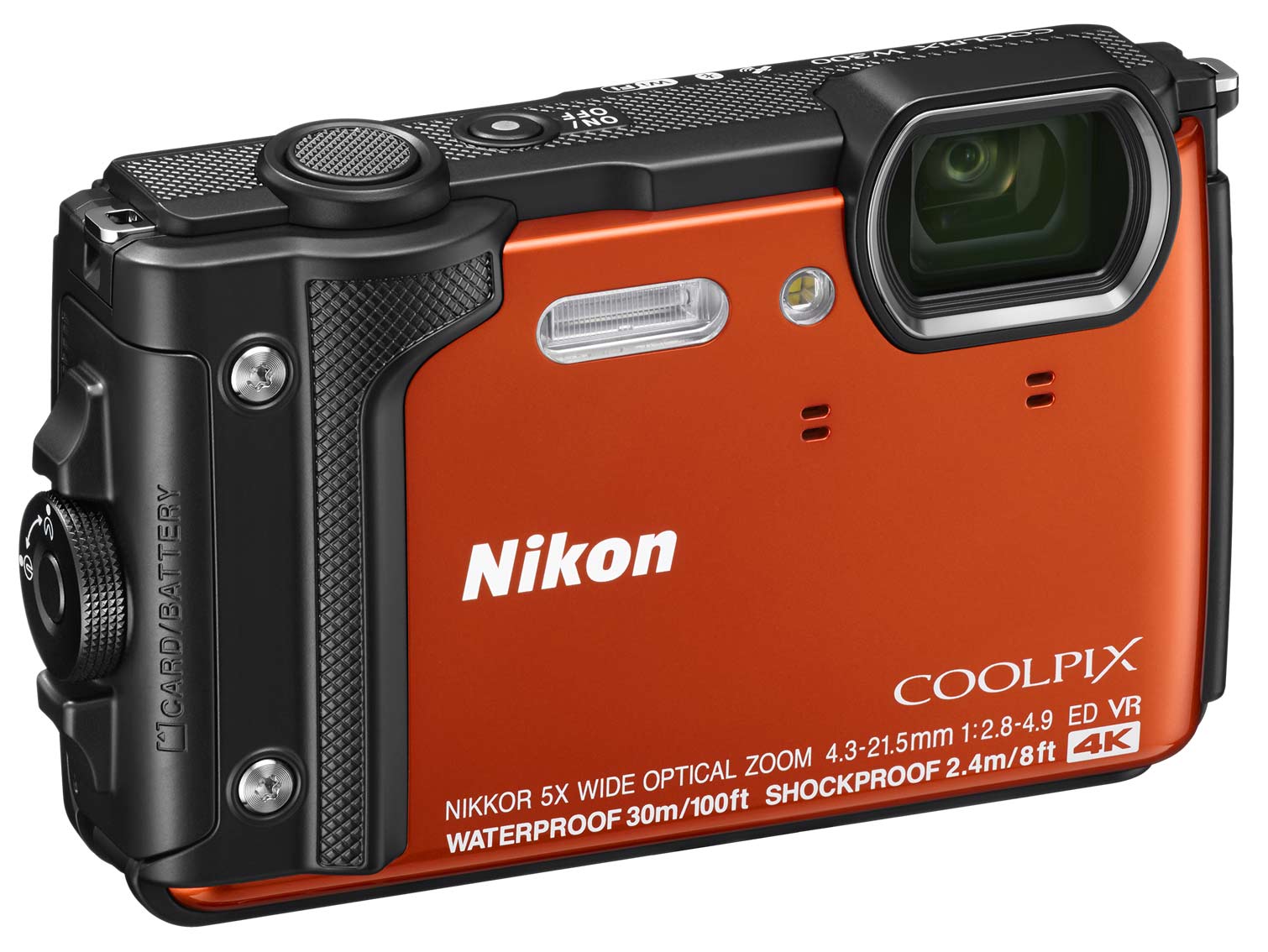
The W300's camera body is more about function than about stylish design, yet it's pleasing to hold and to look at. Most photographers will enjoy the easily accessible controls on the back, side and top of the camera, which means you won't have to continually get lost in the menus to access an exposure setting or mode. In fact, many settings are just a click or two away.
As with the Nikon AW130, its predecessor, the W300 includes the same secure battery-chamber/memory-card slot cover latch and latch-release system. This ensures you won't accidentally flood the battery compartment and ruin your camera. It's always useful to read your camera's manual, but with a waterproof camera, it's particularly important, if only to keep the camera safe and dry.

The W300 has three additional buttons that are unusual for a point-and-shoot, but helpful for an underwater camera: One lets you turn on an LED light that can function like a mini-flashlight on the front of the camera. Another lets you access location and altitude data on the camera's LCD screen.
The third button puts the camera in a special Action Control mode: Shake the camera, and you can scroll through images on the LCD. The idea for Action Control is that if you have gloves on, you can review your images without using your fingers. However, there are alternative systems on other cameras that are more effective and inventive, such as GoPro's voice-commands capability.
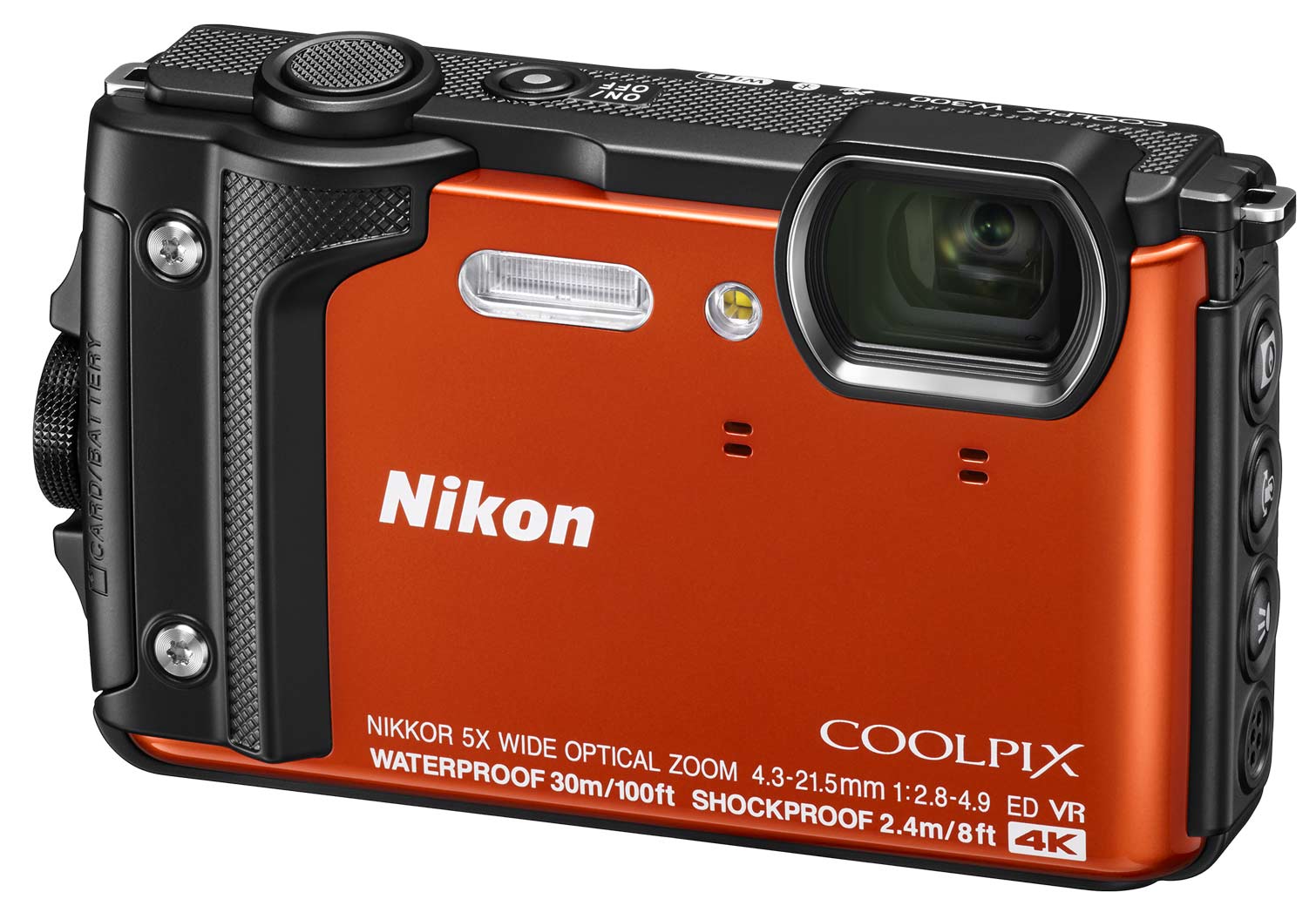
Overall, I found the menu system fairly easy to use, and it was also a bit more organized than the TG-5's menu structure. One feature I found particularly useful were short lines of text that explained what a feature or setting was used for.
For instance, if you click on "Autofocus mode" in the menu settings, a caption will scroll by on the bottom of the LCD that reads "Choose how the camera focuses when you take photographs." It's a handy description for those unfamiliar with camera technology.
MORE: Best Action Cameras
The W300 is 4.4 x 2.6 x 1.2 inches, which makes it almost the same size as the TG-5, which is 4.5 x 2.6 x 1.3 inches. However, the W300 weighs 8.2 ounces, slightly less than the TG-5's 8.8 ounces.
Image quality
In my real-world shots and image-quality tests, the Nikon Coolpix W300 performed quite well in decent lighting situations and was on a par with the Olympus Tough TG-5.
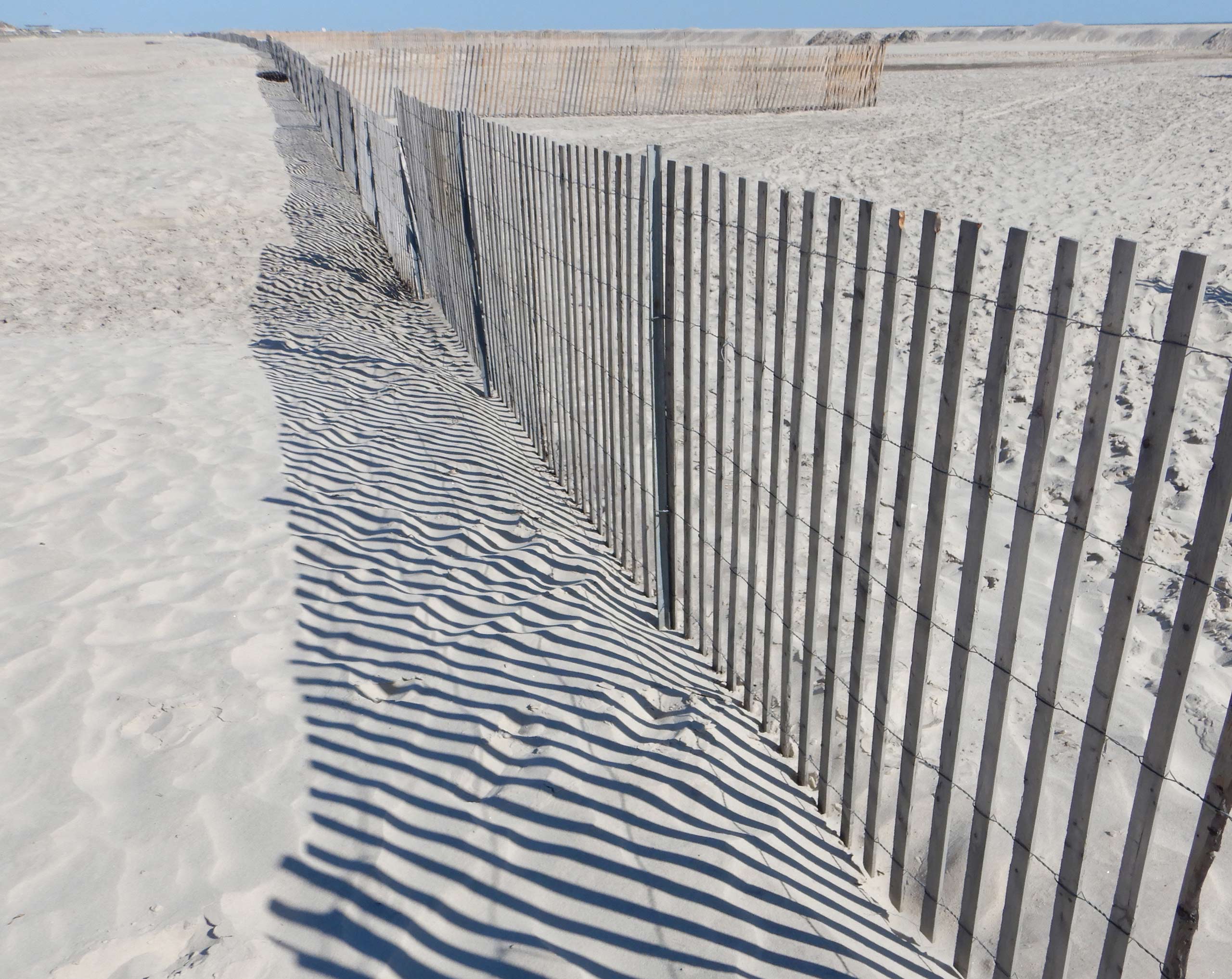
Both cameras produced colors and details that were accurate, and the cameras could even differentiate between very subtle differences in tone and hue.
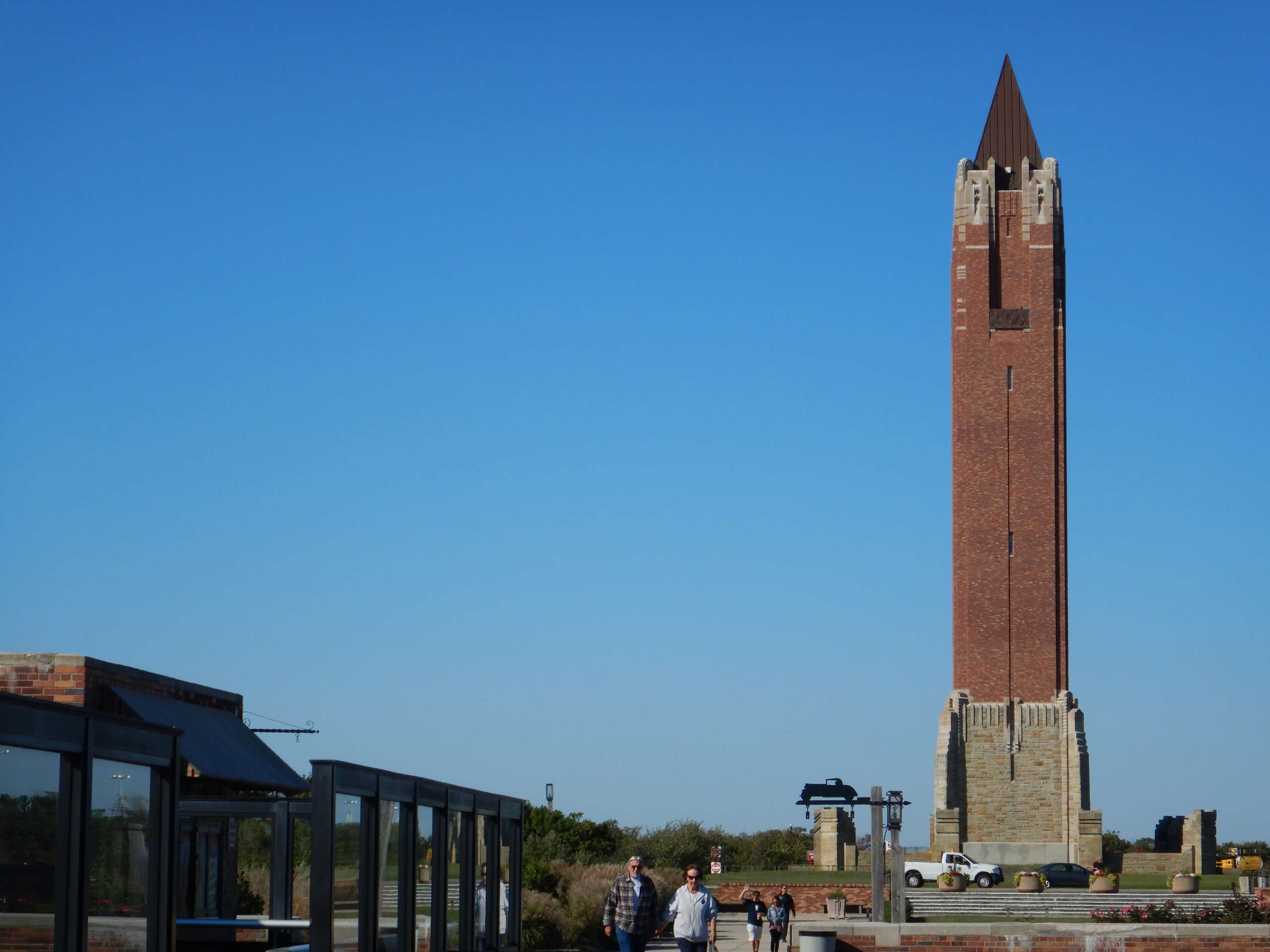
For example, in my handheld natural-light still-life test shot, the W300 captured some of the faintest lines in drawings and paintings very accurately, as did the TG-5.
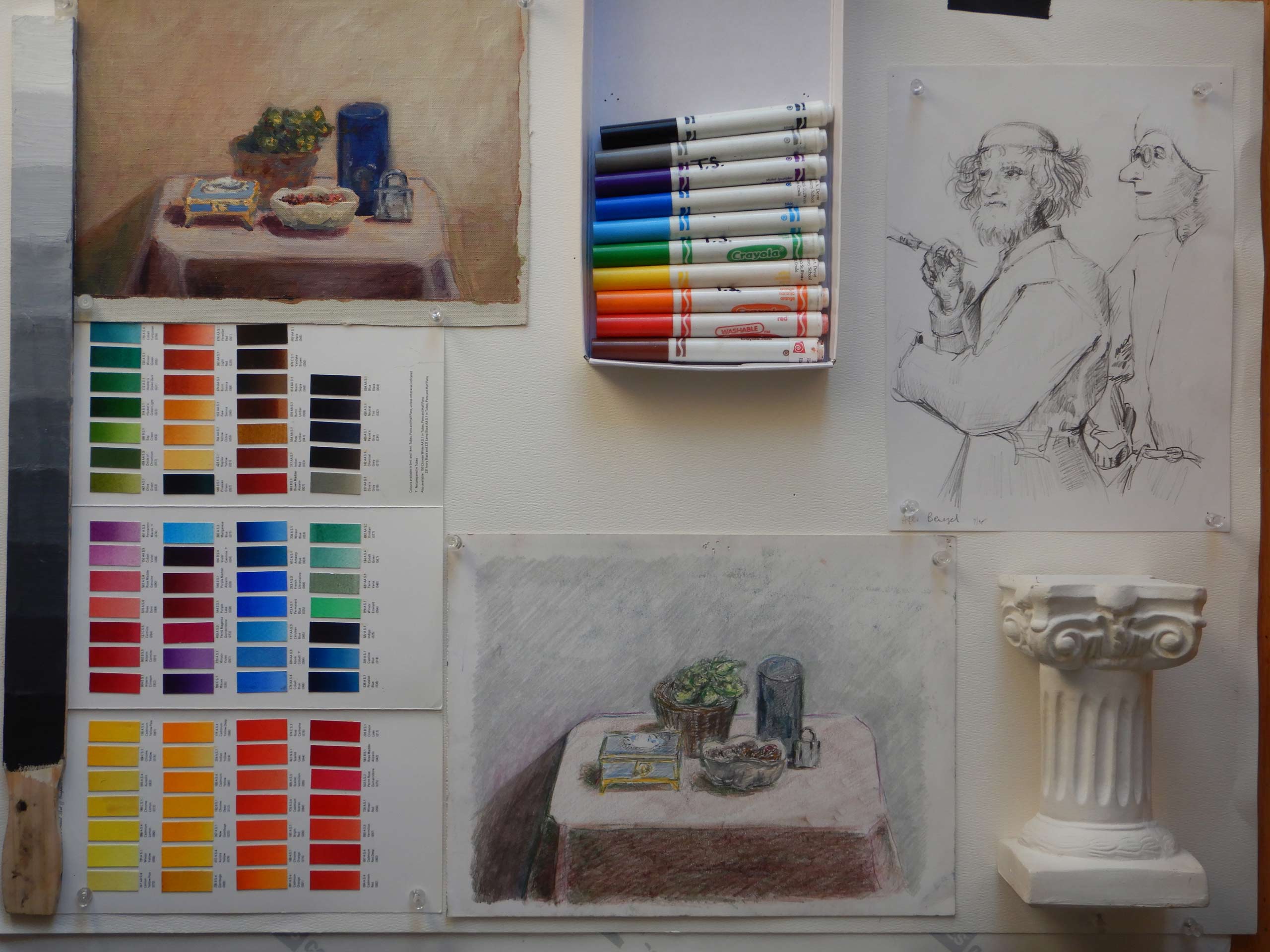
Both the Nikon and the Olympus also faithfully maintained even the subtlest textures, such as canvas or watercolor paper.
However, in low-light environments without a flash, the W300 had a hard time distinguishing various color values and accurately reproducing color saturation.
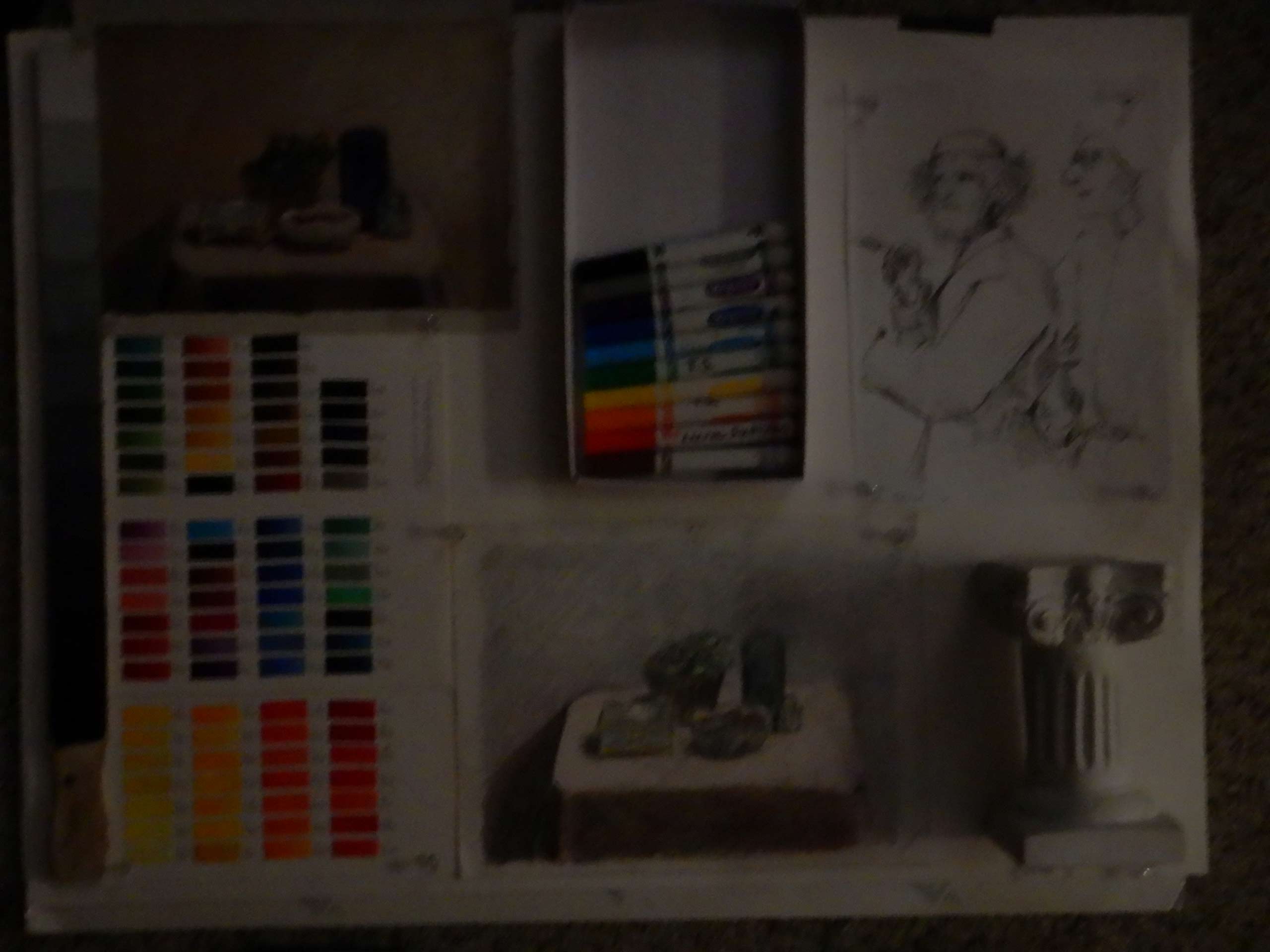
In my handheld low-light still-life test shot, most of the details in the drawings and paintings, as well as any text, were obscured by noise or blurred, due to the high ISO and long shutter speed. Most of the subtle details, like the texture of the paper or the canvas, were swallowed up by the shadows. When using most of the auto or scene modes, the W300 will increase the ISO, which will introduce image noise, or grain, which further degrades image quality.
Unlike the Olympus TG-5, the W300 lacks the ability to shoot in a RAW file format, which allows you to restore some of a photo's detail, color and contrast, as well as minimize noise and other aberrations in a photo-editing program. RAW format availability was one of the reasons we chose the Olympus TG-5 as our best rugged and waterproof camera.
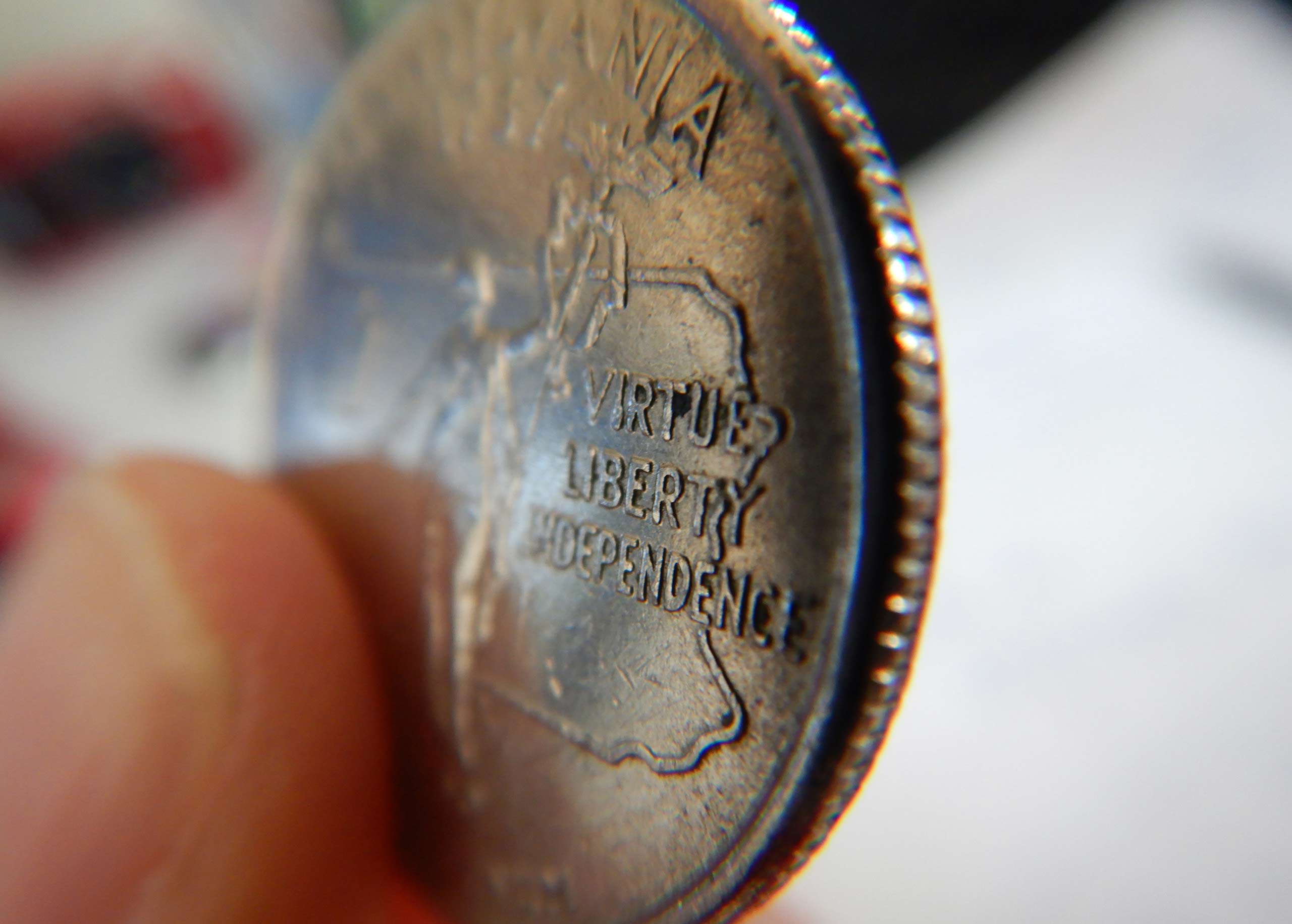
I didn't notice any conspicuous distortion (barrel or pincushion distortion) in images shot at either end of the zoom range.

For the most part, the W300's flash did a very good job. I particularly liked how it made a difference in the outdoor family portrait of my wife, son and daughter. The camera added just the right amount of illumination to lighten any of the shadows cast on my subjects' faces.
However, I have two quibbles. The first is that the position of the flash on the front of the camera makes it easy to partially or fully block it with your index finger.
The second is that there's no flash-exposure compensation settings, which lets you adjust the output of the flash. However, if you engage the flash and change the regular exposure compensation setting, it will adjust the output, too. But you can't adjust the flash output independently, as you can on some models like the TG-5.
Whether you're shooting action photos or stills, the camera's autofocus works well. It also adjusts fairly quickly when moving from low light to bright light, and vice versa. In other words, I saw little lag in adjusting to the new lighting.
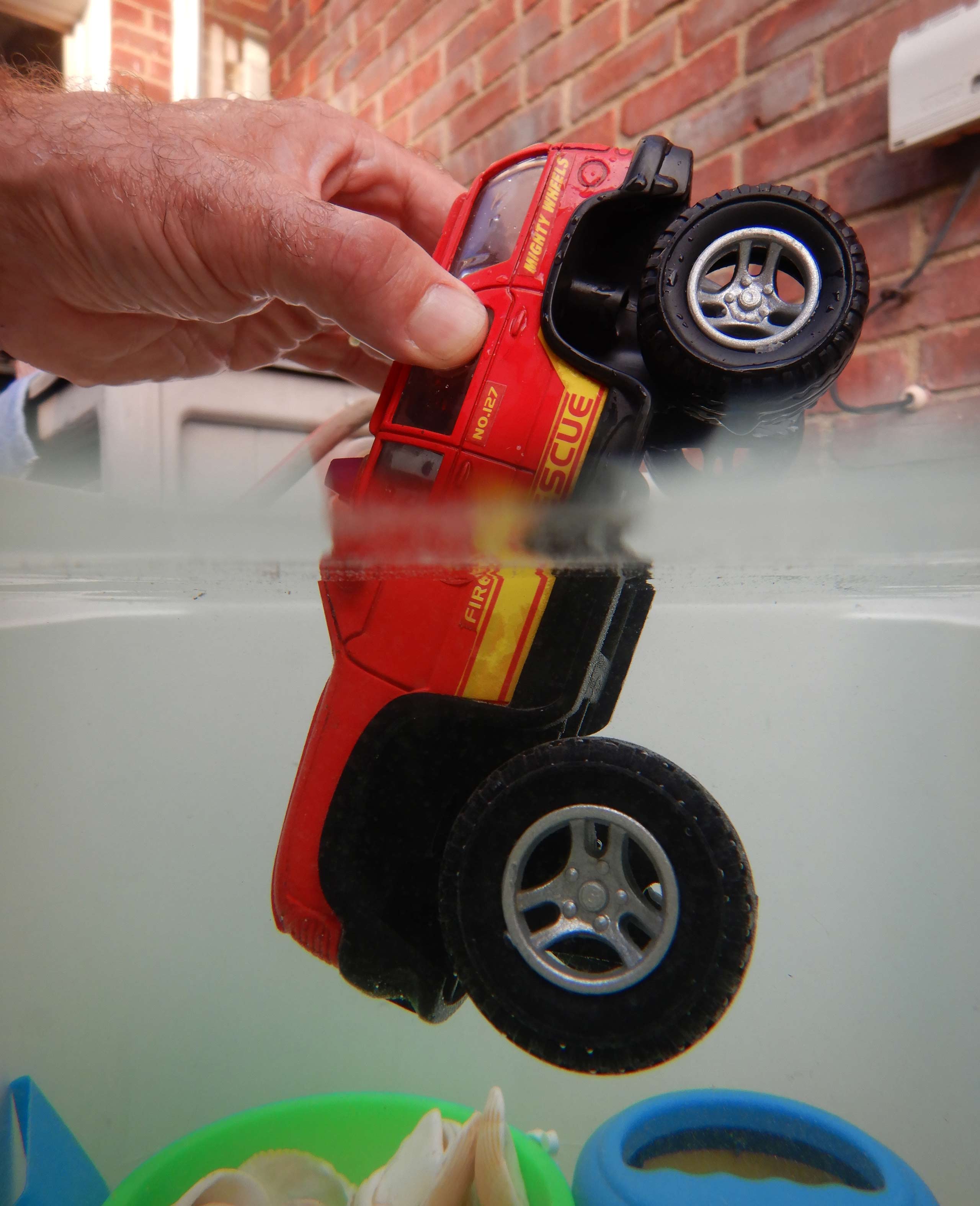
Overall, the camera performs nicely both above water and below. (I tested it a couple of feet below water in a cooler filled with water.) Photo and video sharpness and color saturation are relatively consistent above and below water, although your results will depend on how clear the water is and far below the surface you dive.
I did have one issue with some of the video footage I captured (although it might be a problem with any waterproof camera). When I first started shooting video of a toy truck, it was in focus, but when I submerged both the truck and the camera in water, and then pulled them both back out again, the camera lost focus. My guess is that the camera momentarily focused on a water droplet by accident, which made the camera lose focus during the rest of the video clip.
Features
When it comes to still photos, there's not a lot to distinguish this model from the AW130, but the W300 is still a powerful point-and-shoot. It has a 5x non-telescoping optical zoom (24mm-120mm), which is a bit more powerful than the 4x optical zoom found on the TG-5, and a 3-inch LCD (although it neither swivels nor includes a touch screen). The W300 includes an ISO range of 125-6400 ISO, although you'll get noisy or grainy shots or video at the higher ISO settings.
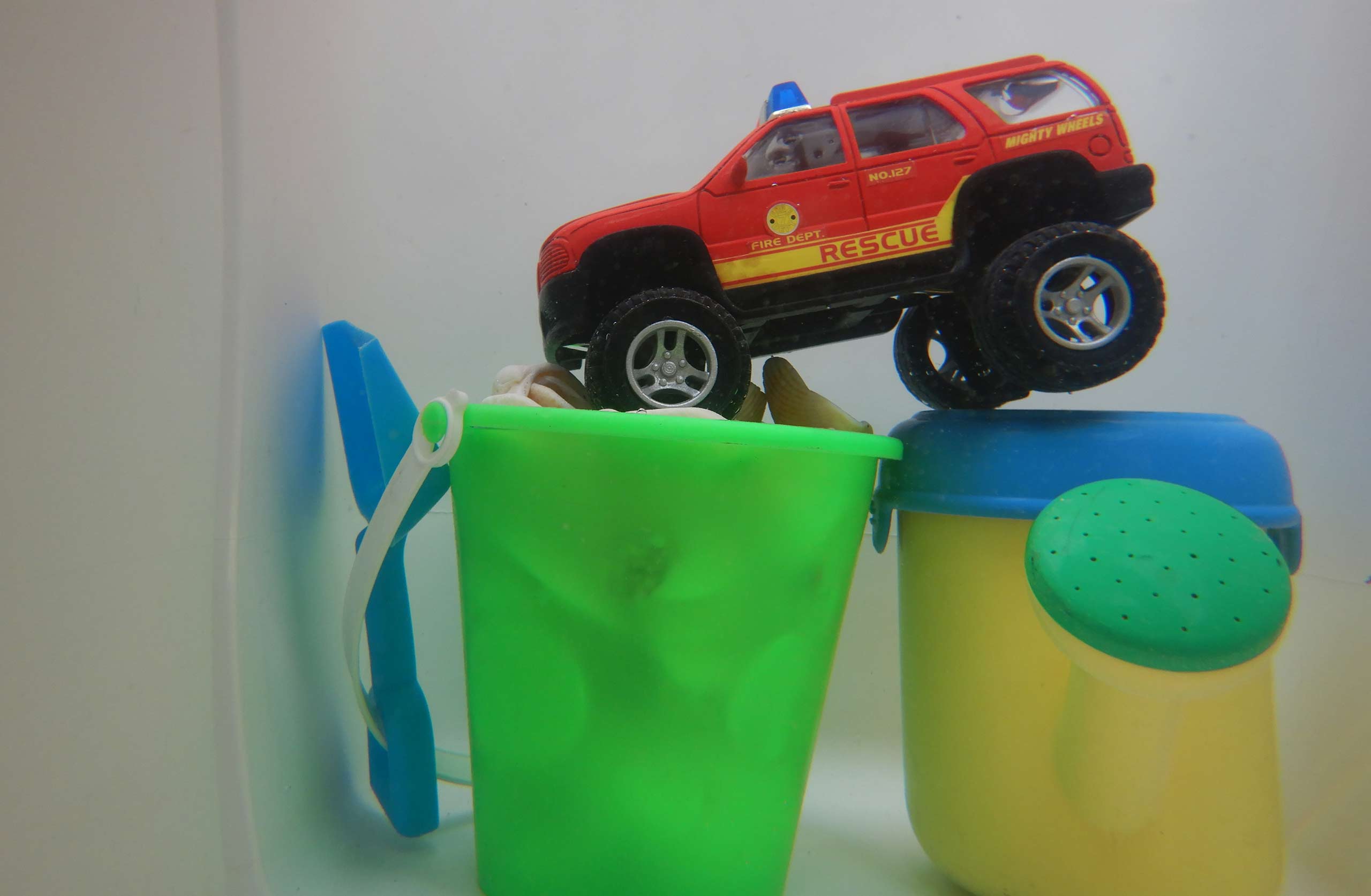
The camera is also waterproof to a depth of 100 feet, deeper than most models in its class, including the TG-5, which is waterproof only to a depth of 50 feet. The W300 also comes with built-in GPS for geotagging your photos.
Nikon has made a conspicuous improvement in video resolution, upping it to 4K-resolution (3840 x 2160) at 30p on the W300. (The TG-5 includes 4K-resolution capabilities as well.) It's added fun video scene modes as well, such as Time Lapse Movie (a big hit on the Nikon Coolpix P900) and Superlapse Movie. The latter is similar to creating a time-lapse video, yet is meant to show more movement or, at least, a wider range of motion than a time-lapse video. I was disappointed, though, that the camera lacked slow-motion video features.
For still-photo settings, Nikon has included a new intriguing scene mode called Multiple Exposure Lighten. It will capture moving subjects at regular intervals, compare each image, and then create a single composite image that combines only the bright areas. This can be useful for light trails on cars or star trails.
Regarding speed, the W300 keeps the same burst-mode rate (five shots at 7 frames per second) and offers the same burst-mode options as the AW130. But it's slower than what the Olympus TG-5 shoots, which is 20 fps, in its fastest burst-mode rate. (Note: The W300 uses a 16-megapixel sensor and captures more data per frame than the 12-megapixel TG-5.)

There are also a variety of shooting and scene modes, including a Creative mode, which lets you take a photo and apply four different effects. For example, the Noir effect, which I used to create an intriguing selfie, will create four different black-and-white photos from one color shot.
MORE: Top-Rated Waterproof and Rugged Cameras
(In the gallery, my selfie is a composite of three of the four black-and-white images, plus the color self-portrait. For illustrative purposes, I combined the four images in Photoshop; the mode does not composite the photos into a collage.)
However, while I did find the W300 included a number of filters and effects, the Olympus TG-5 has more filters and a greater variety of effects.
Wireless Capabilities
Like most cameras these days, you can wirelessly connect the W300 to your phone or tablet via Nikon's Snapbridge app (compatible with iOS and Android). The camera also has Bluetooth, NFC and Wi-Fi, so the connection is more efficient at transferring images and using other wireless settings.
However, I found the process of making the initial connection unintuitive, although once you are connected to your smartphone or tablet via the app, reconnecting is relatively straightforward. Once you've connected the W300 with your mobile device, you can use it to shoot photos remotely or automatically download a 2-megapixel or full-resolution photo.
(Overall, I had a similar experience connecting wirelessly to the Olympus TG-5. I eventually was able to connect the TG-5 to my iPhone 7, but it wasn't all that intuitive.)
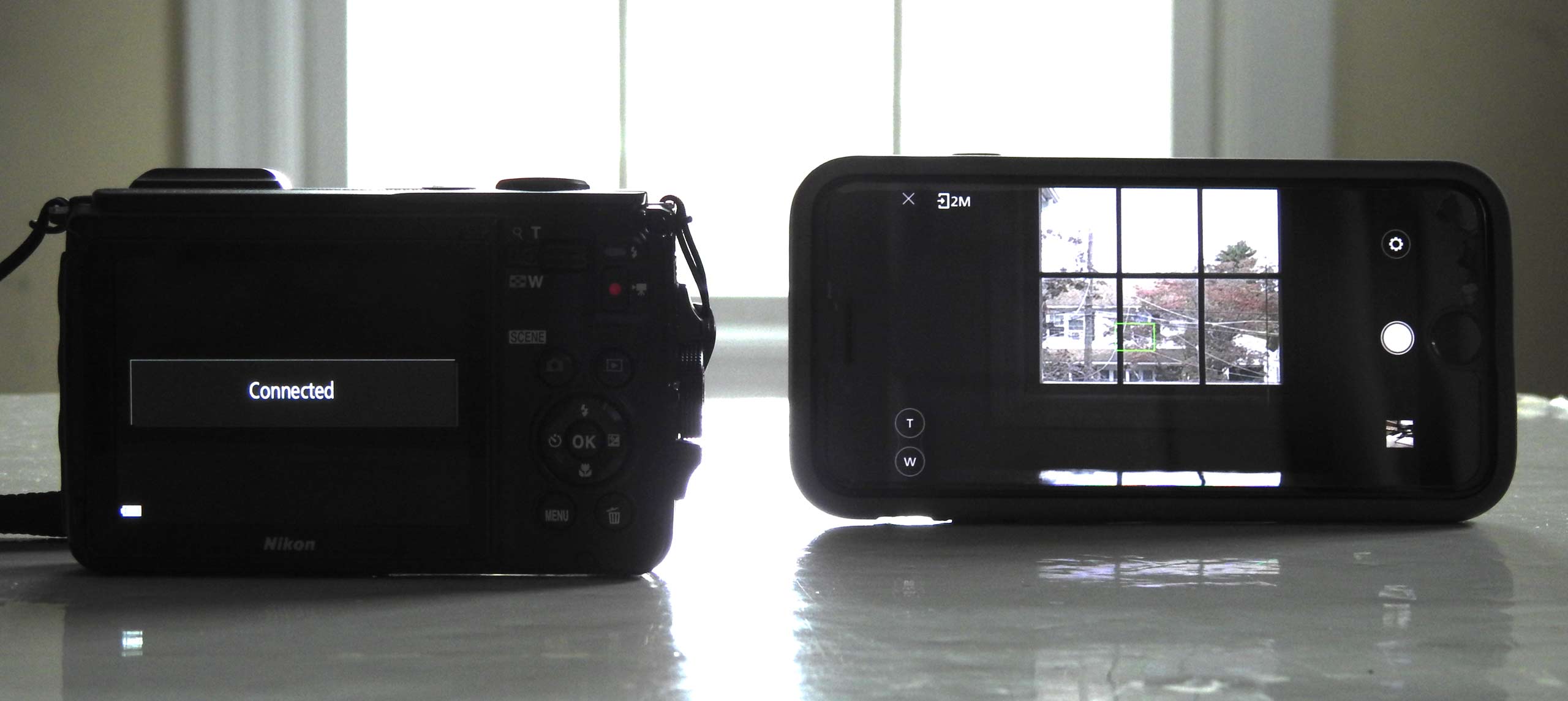
If you plan on using the W300's wireless features, be sure to go online and check out Nikon's online help (search for "Nikon Snapbridge Help") because the directions on the app for wireless setup and operation weren't always clear.
Battery Life
Battery life on the W300 is 280 shots per charge (according to the CIPA standard). However, the Olympus TG-5 claims a better 340 shots per charge (also according to the CIPA standard).
Bottom Line
Overall, the rugged and waterproof Nikon Coolpix W300 will provide most shooters with the tools they need to take good to very good quality images or video in most situations. Some advanced users, though, will miss certain higher-end features, such as the abilities to capture RAW photos or to adjust the flash output, as you can on the $449 Olympus Tough TG-5, our top-rated rugged and waterproof model. However, the W300 can dive deeper than the TG-5, is less expensive and will provide most photographers with excellent images.
Credit: Terry Sullivan/Tom's Guide
Terry Sullivan is an experienced technology journalist who has covered consumer electronics including cameras, smartphones, audio tech and software among many other things. His work has appeared in the likes of Consumer Reports, PCMag, Lifehacker, and the New York Times and he is also a teacher, photographer, artist, and musician.
